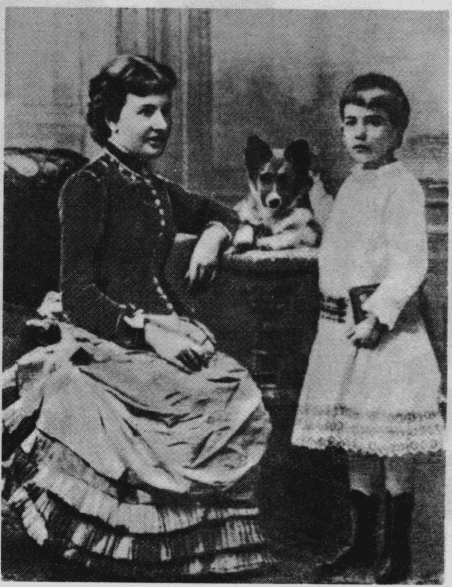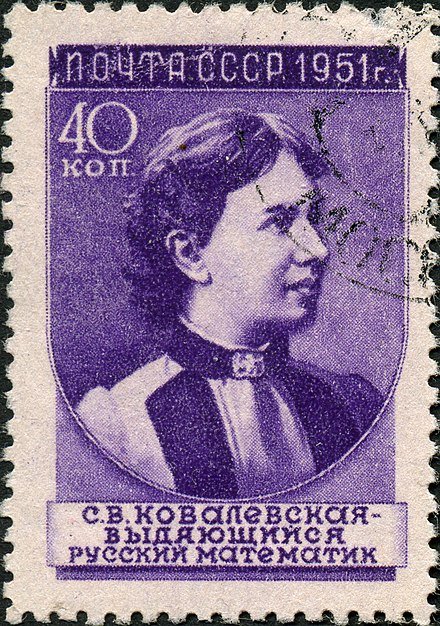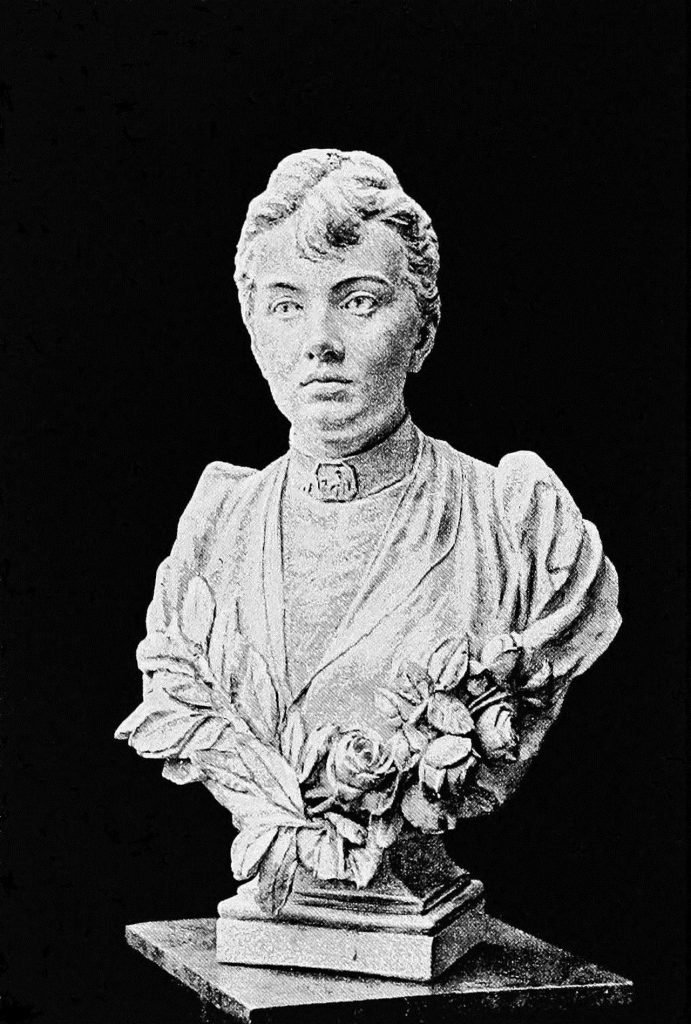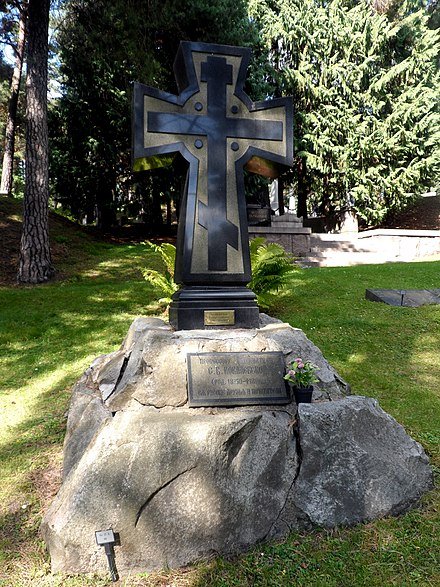Sofia Kovalevskaya is a Russian-born mathematician who made valuable contributions to the fields of analysis, differential equations and mechanics. She was the first woman to hold a professorship in Northern Europe. She was also one of the first women to work as an editor of a scientific journal.
Sofia Kovalevskaya gained fame not only as a mathematician, but also as a writer and advocate for women’s rights and radical political causes.
- State of emergency declared in New York due to monkeypox
- The Shortest Day on Earth Recently Set a New Record
Sofia Kovalevskaya’s Life Story in Brief
Sofia Kovalevskaya was born in Moscow on January 15, 1850, the middle child of General Vasily Korvin-Krukovsky and Yelizaveta Shubert, both noble and well-educated parents. Educated by teachers and governesses, Sofia lived first in Krukovsky and then in St. Petersburg. She grew up in a social family circle, including the writer Dostoyevsky. She was interested in mathematics from an early age. Later on, he gets help from his uncle Pyotr Vasilievich Krukovsky.

However, his father was not happy about this and threw his textbooks in the trash. When his father learned of his fondness for algebra, he threw away the algebra book he was studying. But this does not deter him from his passion. He acquires a new book and continues his studies in secret. Their neighbor, Professor Tyrtov, brings Sofia the physics book he wrote. Trying to understand the book on her own, Sofia struggles to comprehend the trigonometric formulas. Eventually, Professor Tyrtov convinces her father to let Sofia take math tutoring.
In her country, girls do not have the chance to study at university. So she decides to go abroad with her sister and enrolls at the University of Heidelberg. But her father will not allow this either. In order to go abroad, she arranged a marriage with Vladimir Kovalevsky when she was 18.
But when Sofia arrives in Heidelberg, she experiences another disappointment. Unfortunately, women were forbidden to study at university. Finally, in 1869, she obtained permission from each of the lecturers and got the university authorities to allow her to attend classes unofficially. Over the course of three semesters, she won the admiration of her professors for her successful studies and her aptitude for mathematics.

In 1871, he moved to Berlin to continue his studies. Her teacher was Karl Theodor Wilhelm Weierstrass, the famous mathematician of the time. Since she was not allowed to study at the university as a woman, Weierstrass tutored her every Sunday for four years. In 1874, Sofia wrote three papers on partial differential equations and Abelian integrals. With these papers, Weierstrass sees fit to let her complete her doctorate. Her paper on partial differential equations is published in the scientific journal Crelle’s Journal in 1875.
Sofia Kovalevskaya becomes the first woman mathematician to receive a PhD in Europe
In 1874, she completed her doctorate at Göttingen University. In this way, she became the first woman mathematician to receive a doctorate in mathematics in Europe. Despite Weierstrass’s best efforts, she was unable to obtain an academic position because of her gender. She tries for six years, but finds that the best offer she is offered is to teach arithmetic to primary school girls, and says: “Unfortunately, I was weak in multiplication tables.”

In 1878, his daughter was born. She continued her studies in the field of differential equations. Meanwhile, her husband committed suicide and Sofia was deeply affected. During this period, she concentrates more on mathematics. In 1881, at the suggestion of Weierstrass, she worked on the equations of Lamé’s coefficients proposed by the French mathematician Gabriel Lamé. But in the meantime, he turns to a mathematical physics problem that had intrigued him years before. This problem is called the Euler equations, which describe the motion of a rotating rigid body.
These equations form a system of six first-order differential equations with great symmetry. Despite this great symmetry, no general solution to the equations has been found. It took about 6 years to complete her work. This was one of Sofia Kovalevskaya’s greatest achievements.
She is also the first woman to become a professor at a European University
Finally, the mathematician Magnus Gösta Mittag-Leffler managed to arrange a special staff position for Sofia in Stockholm. Sofia Kovalevskaya began teaching there in 1884. After five years of outstanding performance, she is appointed Professor at the same university. In 1889 – after Laura Bassi, the first woman Professor of Physics in Europe, and Maria Gaetana Agnesi, the first woman Professor of Mathematics – she became the first woman to become a professor at a European university.
During her years in Stockholm, she contributed to the work of many academics. She gives lectures on the latest updated topics in calculus. As editor of the journal Acta Mathematica, she stays in contact with mathematicians in Paris and Berlin and takes part in the organization of international conferences.

The French Academy of Sciences chooses the subject of the 1886 Prix Bordin prize on solids. Sofia won the prize for her work “Mémoire sur un cas particulier du problème de le rotation d’un corps pesant autour d’un point fixe, ou l’intégration s’effectue à l’aide des Fonctions ultraelliptiques du temps – A special case of the problem of the rotation of a heavy body about a fixed point, where the integration is realized using the functions of ultraelliptic time”.
When the name of the winner is announced, the Academy is astonished. Because the winner is a woman. The prize was awarded for her outstanding contribution to mathematical physics. It was also a victory for Sofia against the sexism in the academy that ignores women’s achievements.
She won another prize in 1889 for the Cauchy-Kovalevskaya Theorem, which she had prepared with Pafnuty Lvovich Chebyshev. He was then elected a member of the Imperial Swedish Academy of Sciences. The rules of the Academy are changed in order for him to be elected a member. In 1888, she became the first woman elected to the Russian Academy of Sciences.
Her last published work was a paper on Bruns’ Theorem, in which she presented a simpler proof of the property of the potential function of a homogeneous body. The importance of Sofia’s work on dynamical systems today is based on her work to determine the integrability of a dynamical system. It was not understood at the time why her methods worked, and it is remarkable that she used complex analysis, a branch of mathematics that is still difficult to understand today, as her method at the time.
Sofia Kovalevskaya turns to literature years later

As a young man, he hesitated for a long time between mathematics and literature as a career, but chose mathematics. Years later he turned to literature and wrote novels, plays and essays, including the autobiographical “Memoirs of Childhood” (1890), a memoir of his childhood in Russia in the form of a novel (first published in Swedish and Danish), and “The Nihilist Woman” (1892), a description of his life in Russia. Her work was favorably reviewed by critics. Unfortunately, this promising beginning ended with her early death.
Sofia, the first woman in modern Europe to earn a PhD in mathematics, the first to join the editorial board of a scientific journal, and the first to be appointed a professor of mathematics, died of pneumonia on February 10, 1891, at the age of 41.



